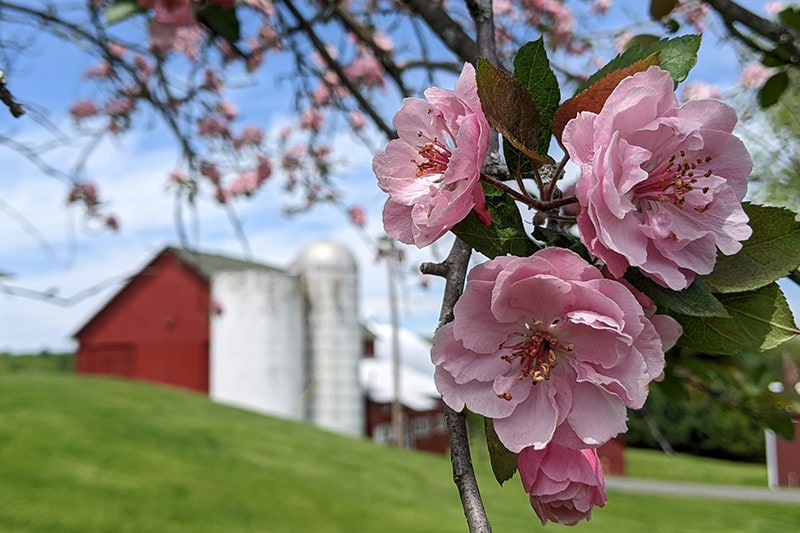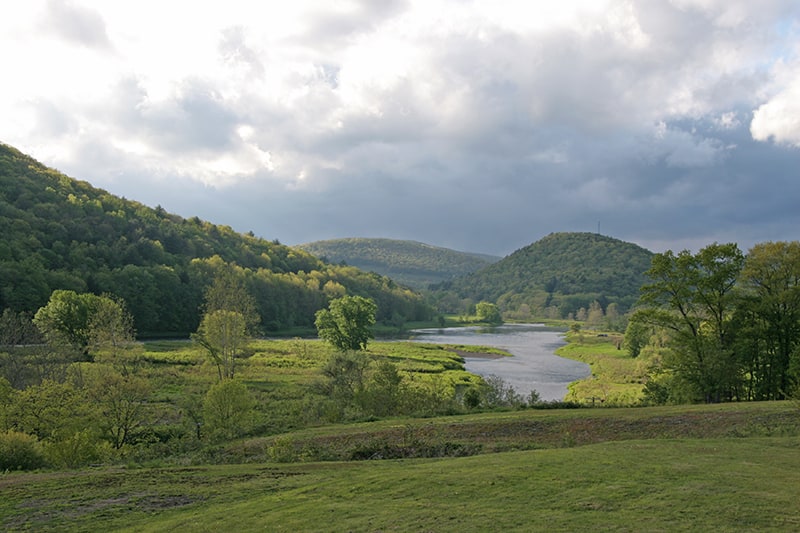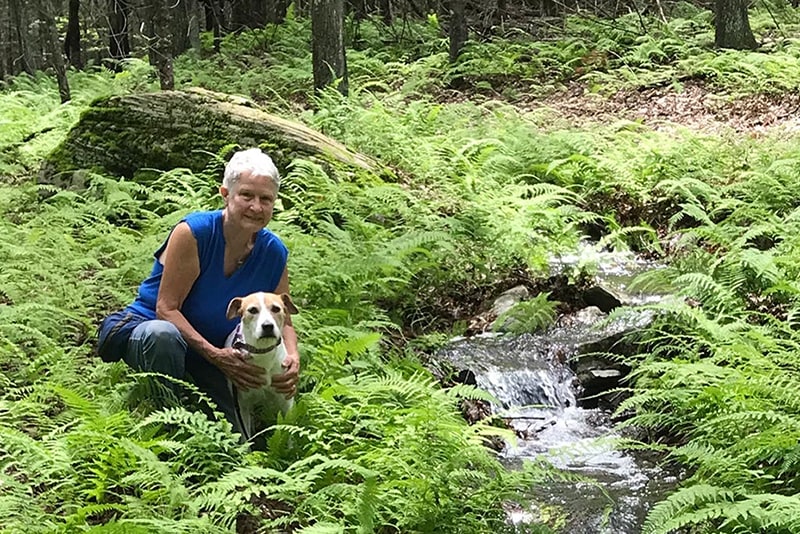Frequently Asked Questions
A conservation easement is a voluntary legal agreement between a landowner and a land trust like the Delaware Highlands Conservancy or government agency that permanently limits uses of the land in order to protect its conservation values. Landowners retain many of their rights, including the right to own and use the land, sell it, and pass it on to their heirs.
Conservation easements allow people to protect the land they love. They are the number one tool available for protecting privately owned land. All conservation easements must provide public benefits, such as water quality, farm and ranch land preservation, scenic views, wildlife habitat, outdoor recreation, education, and historic preservation.
That depends on what you’re trying to protect. You can work with us to decide on terms that are right for the land and right for you. For example, if it’s important to you to be able to build a home on the land or to subdivide your property, you are able to reserve those rights — as long as you’re still protecting important conservation values (such as productive farmland or wildlife habitat).
While every easement is unique, there are a few general rules. Farming and ranching are usually permitted. Development is almost always limited. Surface mining is almost always off-limits. While a few easements require public access, most do not.
Yes. The landowner retains all rights of the property and can sell the land at any time.
Conservation easements typically do not require public access of any sort.
A conservation easement donation can result in significant tax benefits, if it meets the requirements of federal law. It may lower your federal income tax, because you can claim the value of the easement as a tax-deductible charitable donation. It may also lower your state income tax if you live in New York State. Visit Financial Benefits to learn more.
Yes. Often, one of the biggest advantages of a conservation easement is that it helps you pass on your land to the next generation. A conservation easement helps you plan for the future of the land and it can significantly lower your estate taxes.
Yes. Conservation easements exist in perpetuity, meaning that all not only the original owner but all owners that come after them are subject to the terms of the easement.
Start by talking with us about the conservation values you want to protect and how you want to use the land. Be sure to talk with family members as you consider your conservation options. This is a big decision, so it’s important to consult with your attorney and financial advisors, too.
It’s the Conservancy’s job to make sure that the restrictions described in the easement are actually carried out. To do this, the Conservancy monitors the property on an annual basis. The land trust will work with you and all future landowners to make sure activities on the land are consistent with the easement. If necessary, the Conservancy is responsible for taking legal action to enforce the easement.
Yes. When the Conservancy agrees to hold a conservation easement, we take on significant stewardship responsibilities. We maintain a stewardship fund to make sure we’ll be able to carry out these responsibilities. Often, we ask easement donors to contribute to this fund – and will look for other sources of funding if the easement donor is unable to do so. Usually landowners find that the amount of the stewardship contribution is more than offset by the tax incentives for donating the easement.






